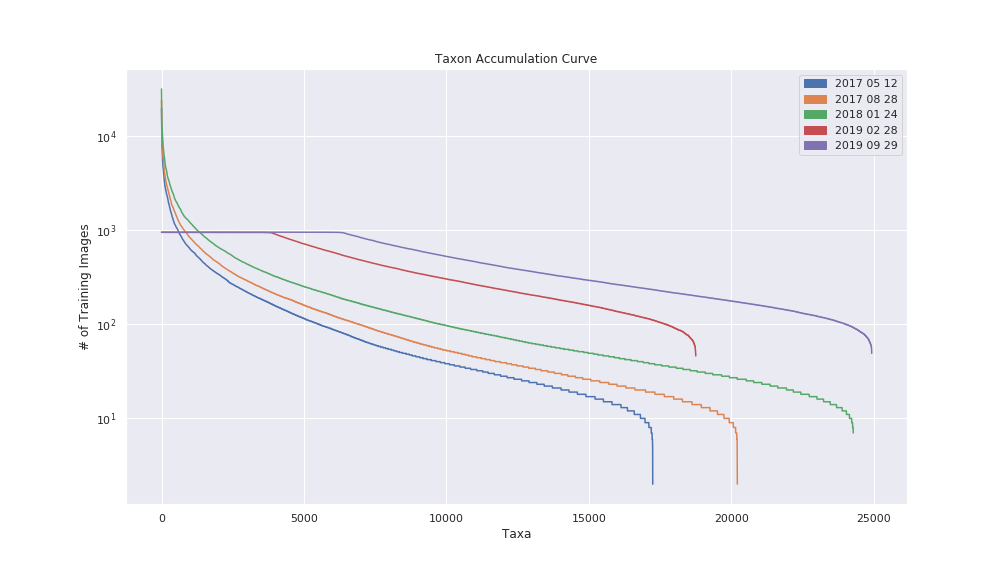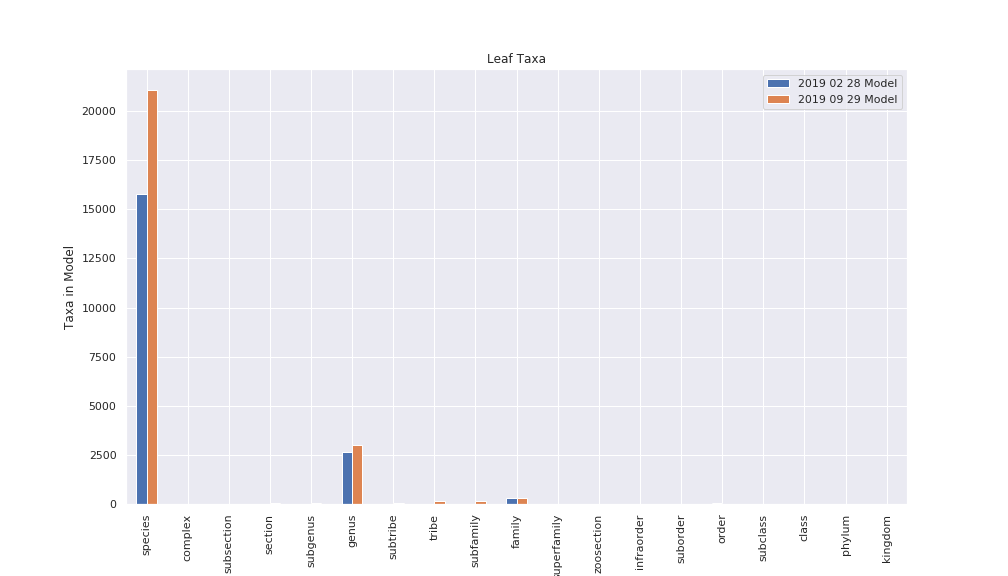A Rare Endemic Plant Grows in the Atacama Desert - Observation of the Week, 3/1/19

Our Observation of the Week is this group of Malesherbia tocopillana plants, seen in Chile by @juanmauricio2!
“The deserts are some of the best landscapes on earth for adventure,” says Juan Mauricio Contreras, a wildlife guide and amateur naturalist in Chile who, it’s safe to say, likes the desert. “Wonderful hikes show us the beauty of the desert. They rarely cease to impress, and reveal the desert’s most intimate secrets.”
The Atacama Desert, which lies along the western side of South America, is one of the driest places on Earth and is home to many relict and edemic species, including the incredible Malesherbia tocopillana plants you see above. Juan came upon the plants while exploring with Caminantes del Desierto (“Desert Walkers”), an NGO.
[Malesherbia tocopillana] grows mainly in the gorges of Tocopilla on slopes with an angle greater than 45º. They’re quite difficult to climb, given the stony and steep slope of the terrain. It is an impressive species, different from everything I had seen in the desert...It is located in an extremely fragile environment. This area is characterized by flora and fauna of strong endemism and primitivism of the relict type.
A small genus (it contains about 27 species), Malesherbia is a member of the Passifloraceae, or passionfruit family, most of which live in tropical regions and not deserts. In fact, Malesherbia tocopillana looks to have colonized this region of the Atacama only within the last two million years, which is about 6 million years after the climate of the area became hyperarid. (Guerrero, et al., 2013) [PDF] Seeing these incredible flowers growing out of the pile of rocks here is pretty extraordinary.
Juan Mauricio (above), says that his explorations of the desert and other regions of Chile have led him to write a scientific note about Liolaemuslizards, and he is cooperation with research on other taxa, including bees, birds, and other reptiles. He started using eBird for his bird sightings and posting his photos of other taxa to social media until someone encouraged him to use iNat. Now, he tells me,
[I’m] uploading everything I observe and can photograph. This allows me to increase my vision and knowledge and learn how species interact with each other in an ecosystem. I can communicate with other specialists of different species, and increase my knowledge of the biodiversity of nature.
- Juan Mauricio posts on Twitter. Check out his tweet<.a> showing how many endemic animals were found inside a discarded beer bottle in the Atacama.
- Malesherbia is quite a picturesque genus, take a look at the 50+ observations of this genus on iNat!






















